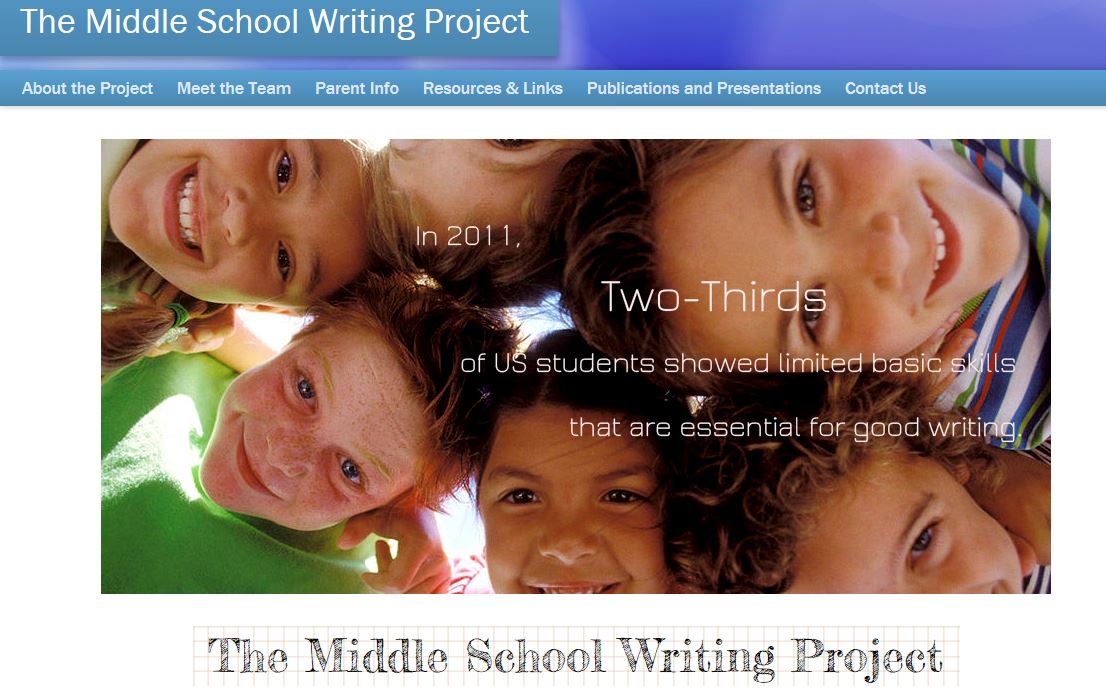RFA Goal: Efficacy and Replication Purpose: The primary purpose of this project is to establish a stronger scientific foundation for educational practice within the writing domain by utilizing recent advances in cognitive science to examine: (1) the impact of the evidence-based Self-Director Strategy Development (SRSD) model on the written expression of middle school children at-risk for writing problems using a Tier 2 paradigm; (2) specific moderators that can influence response to intervention; and (3) given the executive function-based principles of the SRSD instructional model, whether positive effects of the SRSD intervention on writing are mediated through changes in attention/executive functions. Setting: All middle schools (3) in a single, rural/suburban public school system in North Carolina. Participants: The prospective sample will include 300 sixth grade students who are identified as At-Risk for writing problems. Students will be ascertained at the rate of 100 students each year across a three year recruitment period. Students will be determined as At-Risk if their performance on the WIAT-III Written Expression Scale falls below the 25th percentile. Interventions: We will employ the SRSD intervention model as our evidence-based framework for a randomly selected group of 150 students who are At-Risk for writing problems. Using the SRSD model in a Tier 2 framework, we will teach two specific strategies twice a week for 12 weeks for a total of 24 sessions to improve written language. Each year, this will require 10 groups comprising 5 students who will receive the SRSD intervention during the spring of their sixth grade year. This intervention will be supplemental to the regular state education curriculum. Comparison Condition: For the 150 students At-Risk for writing problems who are not randomized to the SRSD intervention, the control condition, using a free writing model, will involve the provision of supplemental writing tutoring twice a week for 12 weeks for a total of 24 sessions. This will require 10 groups comprising 5 students each year who will engage in free writing activities at the same time of year and for the same amount of time as their SRSD counterparts. This control condition will be supplemental to the regular state education curriculum. Primary Research Method: This project will employ a randomized cohort design, with a 9 month follow-up component, that will permit examination of the efficacy of the SRSD intervention model for sixth grade students at-risk for writing problems. The inclusion of a theoretically driven cognitive assessment also will allow for exploration of selected moderators and mediators of this evidence-based treatment. Randomized assignment of the At-Risk participants to treatment versus control conditions will facilitate the determination of the efficacy of the SRSD model. Measures of Key Outcomes: Students will receive multiple standardized measures of written language and assessment of selected cognitive functions (fine-motor, linguistic, attention/executive functions) in the fall of sixth grade. Selected aspects of the social environment (e.g., socioeconomic status), and associated child (e.g., reading, self-efficacy) and classroom variables (classroom climate) also will be examined as potential moderators of the treatment. Change in writing performance will be assessed using standardized tests and curriculum based measures during and following intervention, as well as at 9 months post-treatment. Data Analytic Strategy: We will use multilevel analysis of covariance to test for the presence of treatment effects post-treatment and at 9 month follow-up (Specific Aim #1), and to test for moderation effects at these time points (Specific Aim #2). Mediation will be assessed via multilevel structural equation modeling with two parallel ANCOVA models (Specific Aim #3).

Contact Person
Lara-Jeane Costa lara-jeane_costa@med.unc.edu
Website Address
Investigators and Key Personnel
Stephen R. Hooper, Lara-Jeane C. Costa, John Sideris, Donna Yerby, Crystal Edwards, Edmund Fernandez, Melissa Green, Karin Lanz
Primary Funding Source
US Department of Education, Institute of Education Sciences (IES)
Comments:
The sample for this study is students who struggle with writing.
